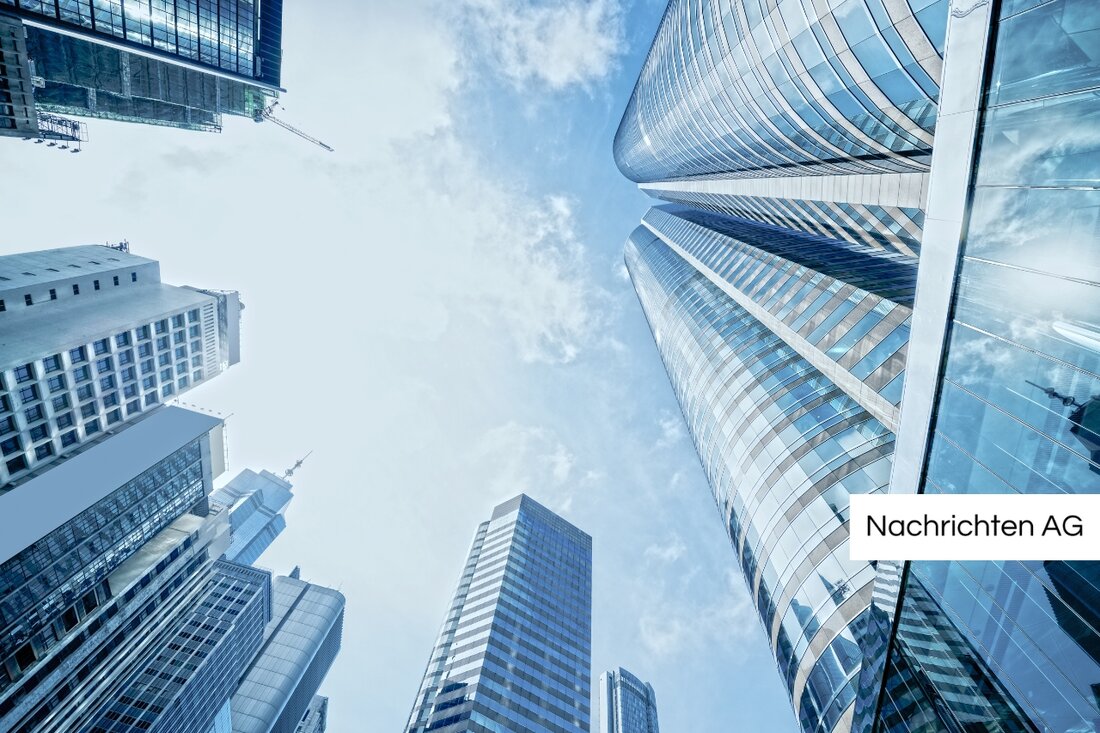Concrete as a secret weapon in the fight against CO2 emissions in new buildings!
Find out how sustainable new construction and innovative concrete technologies reduce CO₂ emissions and increase energy efficiency.

Concrete as a secret weapon in the fight against CO2 emissions in new buildings!
What is happening in the world of building and sustainable architecture in Vienna? An exciting development has arisen around the topic of concrete as a building material. The new builder, who was nominated for a coveted jewelry award, shows the potential of concrete, not only as a building material, but also as an environmentally friendly solution. According to the findings of meinkreis.at Concrete can help reduce the energy requirements of buildings and significantly extend their lifespan. That sounds promising!
It is no secret that the building sector in Austria causes around 10% of greenhouse gas emissions, according to the Federal Environment Agency. The majority of this occurs during the operation of the buildings, primarily through heating and cooling. This is where concrete comes into play: It can optimize the required energy absorption by storing heat and thus helping to reduce energy use and emissions.
Sustainability in concrete construction
Sustainable construction requires smart decisions, starting in the planning phase. The focus is on aspects such as regionality, CO₂ reduction and longevity. The use of concrete made from local raw materials enables shorter transport routes and thus reduces the CO₂ footprint. Loud sustainable-building-with-beton.de Emissions could be reduced by around 20% compared to average CO₂ intensity, which is remarkable.
In addition, concrete has numerous advantages in terms of energy efficiency: It can be actively used for heating and cooling buildings and thus also supports the integration of renewable energies. Concrete's properties in particular, such as its high durability and complete recyclability, make it a promising material for the future.
Research and challenges
The German Sustainable Building Council (DGNB) recently published a study that examines the CO₂ emissions of different building styles. The results show that a third of a building's greenhouse gas emissions occur before use, during manufacture and construction. DGNB Recommends that when building new buildings, the possibility of renovating existing buildings should also be examined in order to reduce emissions.
With an average of around 440 kg CO2e per square meter, the buildings examined are below the reference value of the DGNB certification, but there is still room for improvement. The study highlights that ceilings and external walls in particular have a significant influence on manufacturing emissions and further research is needed to better understand the interactions between structure and use.
In summary, it can be said that the use of concrete plays a key role not only in architecture, but also in reducing CO₂ emissions. The developments and findings surrounding this topic not only offer challenges, but also enormous opportunities for sustainable construction in the city of Vienna and beyond.

 Suche
Suche
 Mein Konto
Mein Konto